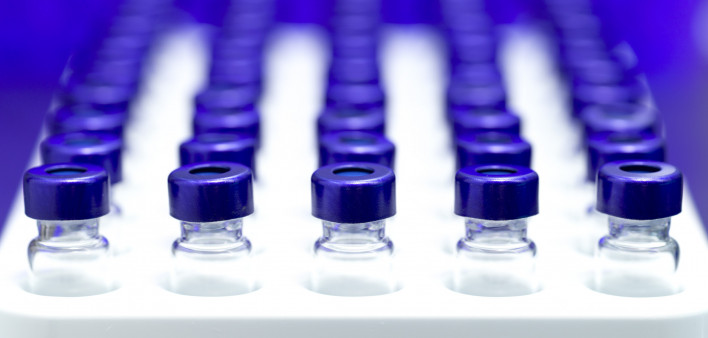A new HIV vaccine candidate that prompts what are known as broadly neutralizing antibodies against the virus has shown promise in animal research. Consequently, researchers at the National Institute of Allergy and Infectious Diseases are planning an early human trial of the vaccine candidate to begin during the second half of 2019.
Publishing their findings in Nature Medicine, researchers developed their vaccine regimen based on the structure of the spike on the surface of HIV that the virus uses to fuse to immune cells and infect them. This spike is known as the fusion peptide and is constructed from a short string of amino acids, or proteins.
The scientists chose the fusion peptide because its structure is the same across most strains of HIV. Additionally, the immune system has a keen ability to recognize the spike and mount a response to it. The fusion peptide also lacks the sort sugar molecules present on other key sites on the virus’s surfce than can mask the immune system’s ability to recognize those sites.
Using the structure of the fusion peptide as their basis, the scientists engineered various immunogens, which are proteins that prompt a specific immune response. Next, they tested these immunogens in mice to see which best gave rise to antibodies that corresponded to the fusion peptide.
Next, the researchers combined their most successful immunogen with a replica of the fusion peptide and gave mice various combinations of injections of this pair of factors. Not only did the antibodies triggered by these injections attach to the HIV fusion peptide, they also neutralized up to 31 percent of viruses taken from a stock of 208 strains of the virus that amount to a globally representative sample.
The scientists then retooled the vaccine regimen and tested it in guinea pigs and monkeys. These tests provided further evidence that the regimen may be effective in multiple species.
The team is continuing to refine the regimen, including working to improve its potency and to reduce the number of injections required for it to achieve consistent outcomes. Researchers have also isolated the antibodies prompted by the vaccine regimen and will test to see whether they can be used as a form of pre-exposure prophylaxis (PrEP) against a simian version of HIV among monkeys.
Ultimately, the findings from all these tests will help researchers create the most optimal version of the vaccine possible for use in a human trial.







3 Comments
3 Comments